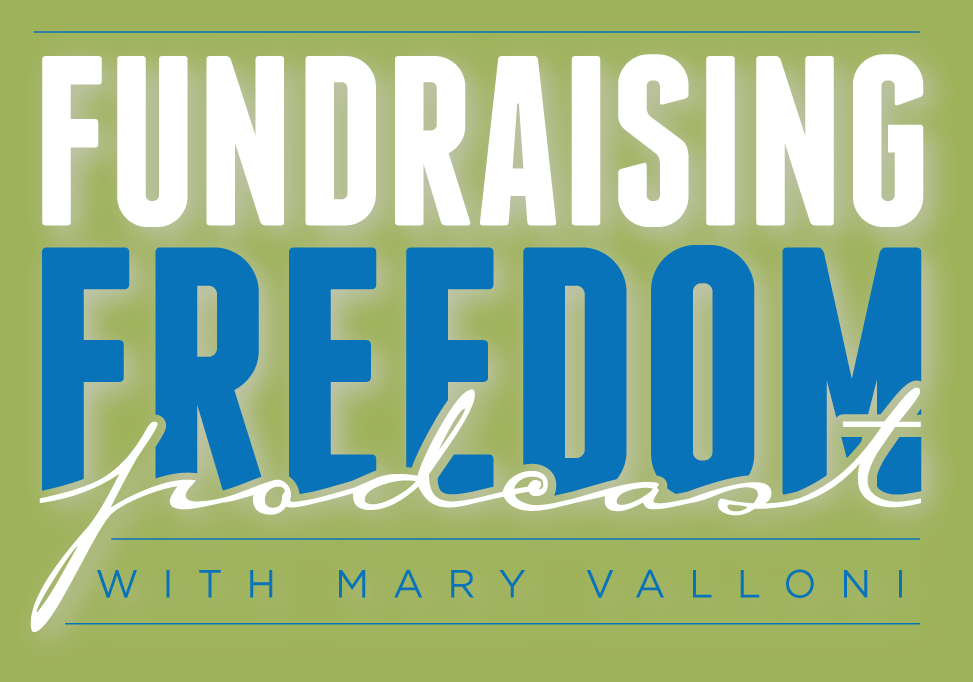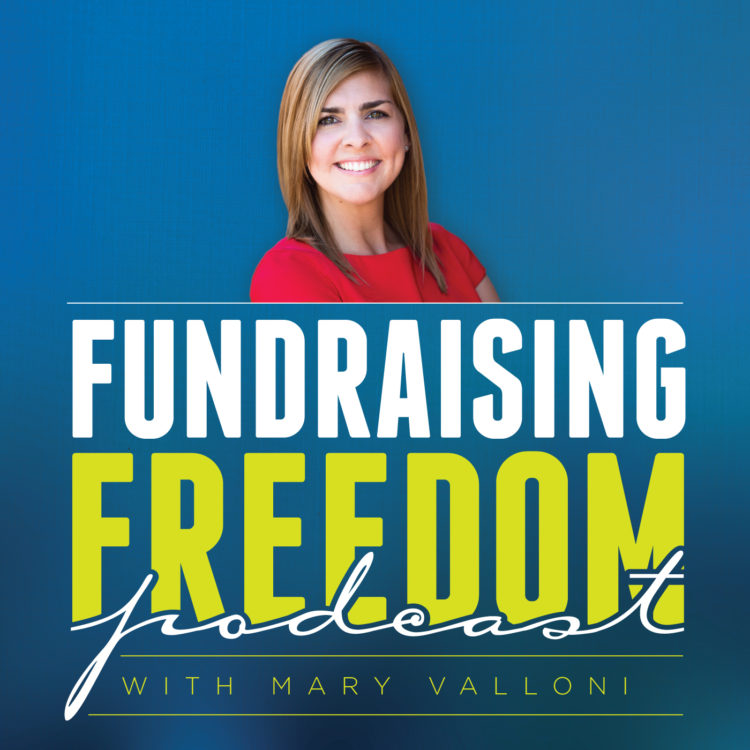Podcast: Play in new window | Download
Subscribe: Apple Podcasts | Android | RSS
This time of year, the weather starts to get chilly, the leaves begin to turn, and we start thinking about the upcoming holidays. People enjoy spending time together in this season and it’s a great time to invite folks into your home for an intimate fundraiser. You don’t have to put on huge fundraising events in order to be successful; fundraisers held in someone’s home can be just as successful as hosting a big event. In a couple of days, I’m gearing up for a fundraiser where only a couple dozen people will attend. What’s exciting about it, is that it has the six key components every fundraiser should have which include: the location, guest list, agenda, materials, the ask, and follow-up.
When you start thinking about a home fundraiser, the first element to consider is location. Location is critical because if people don’t want to come to your location it doesn’t matter how good the cause is or how good you are, they aren’t going to come. Think about someone who is a supporter of your organization who has a beautiful home, who also has the gift of hospitality. All it takes is calling up the person, and saying, “hey, we’re thinking about hosting something this fall/beginning of the year, would you ever be interesting in opening up your home for a gathering?” The point of this call is not to iron out all the logistics, it’s just to get their opinion and gauge their interest.
Once you have your location confirmed, start looking at the calendar to determine a date. Obviously, we want to avoid any major holidays. The three days of the week I think work the best when it comes to home events/meetings/gatherings are Tuesdays, Thursdays, and Sundays with a 7PM start time. From here, it’s time to start thinking about your guest list. When you begin thinking about who to invite, you want your guests to know at least one or two other people they would be excited to see. This is why I like to start with a few key people who I’d like this fundraiser to revolve – these are the people in the room who make other people want to come. Example, if you have an honorary chairperson who everyone loves, this is the person you should reach out to in the very beginning BEFORE securing the date and time. You need to hand select that first group and let them know that they are hand-picked and make them feel special for being so.
Next on the list is the agenda. How are you going to plan out the time your guests are going to be in this person’s home? What kind of experience do you want to create? Let’s say your event has a 7PM start time, by 7:30 you should start gathering everyone together to hear about the cause and the details about the work being done. You want to start off with the host or hostess saying a few words of welcome. This is also a good time for them to share a testimonial. Then, they introduce you and/or a beneficiary of your organization; this is another face to give credibility to the work you do.
The fourth key component to your fundraiser is materials. This should be a one-pager that includes a response form on the sheet. It should be a visual representation of what you are saying, such as we need financial help to support a specific part of your cause and then they can see what you need and how they can come in and help. After you share the information about all the great work you’re doing, it’s time to move on to the ask.
Number five is the actual ask. What’s the point of hosting a fundraiser if you don’t ask for money? Knowing who is going to make the ask is critical. You want someone who is dynamic and not afraid to flat out say here’s how you can be a part of this. Sometimes it’s the executive director and sometimes it’s the development director; it could even be the host or hostess. The main thing is adding credibility back to the presenter or main speaker. The speaker needs to share ways to get engaged and then pass the torch to the person who is going to do the asking.
The sixth component is the follow-up. So often, we put on fundraisers and don’t do the follow-up. This is your opportunity to reach out to the people who were invited, regardless if they were unable to attend or not. For those who attended, you want to thank them for attending and review how the event went. For those who couldn’t make it, this is where you say, “we’re so sorry we missed you and let’s find a time to connect.” For both, this is an opportunity to get your message out there as well as get everyone engaged in some way, especially for those who requested more information on their response cards from your materials. If you’re not going to do the follow-up, you’ve just wasted your time and money putting on an event.
Home events are a great way to engage your donors or prospective donors. Don’t get discouraged if you only have a few people attend, or if someone says it’s not a good fit, etc. You just keep moving forward and inviting people and having the conversations. Now that you’ve got my tips go book something!
For more information about Mary Valloni, visit maryvalloni.com and to download our free Fundraising Freedom Roadmap, go to maryvalloni.com/roadmap.
Interested in joining the Nonprofit Executive Club? Check out nonprofitexecutiveclub.com


“What’s the point of hosting a fundraiser if you don’t ask for money? Knowing who is going to make the ask is critical. You want someone who is dynamic and not afraid to flat out say here’s how you can be a part of this. Sometimes it’s the executive director and sometimes it’s the development director; it could even be the host or hostess.”
So agree!! I love having the host or hostess–especially if they have already made a gift–make the ask. “Join me!” is powerful.